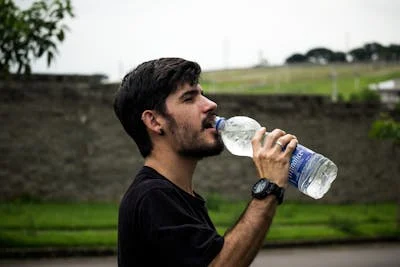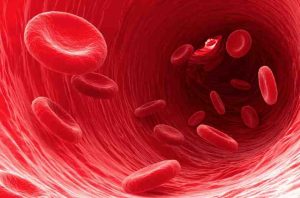
Microplastics, tiny plastic fragments less than 5 millimeters in size, have become a ubiquitous environmental contaminant. They are now being detected in a variety of environments, including our drinking water. While the long-term health effects of microplastic ingestion remain unclear, their presence raises valid concerns.
Sources of Microplastics in Water
Microplastics entering water supplies originate from various sources:
- Mismanaged waste: Plastic debris breaking down into smaller particles is a major contributor. Ineffective waste management allows plastic to enter waterways and degrade over time.
- Synthetic clothing fibers: Washing clothes made of synthetic materials like polyester releases microplastic fibers into wastewater. These fibers can evade treatment processes and end up in drinking water.
- Tire dust: The wear and tear of car tires releases microplastics into the environment, which can be carried by air or runoff into water sources.
- Microbeads: While banned in some countries like the US, these tiny plastic beads used in personal care products were a significant source of microplastic pollution before the ban.
Microplastics in Drinking Water Treatment
Current drinking water treatment facilities are not specifically designed to remove microplastics. While conventional methods may remove some larger particles, smaller microplastics and nanoplastics (even smaller than microplastics) can potentially pass through filters.
Health Concerns and Research Needs
The limited research on the health effects of microplastic ingestion in humans is inconclusive. However, animal studies suggest potential risks, including:
- Tissue accumulation: Microplastics may accumulate in organs like the liver, kidneys, and gut, potentially disrupting metabolism and causing toxicity.
- Reproductive problems: Studies have shown negative impacts on reproduction in male mammals exposed to microplastics.
The Need for Standardized Testing and Regulation
The lack of standardized testing methods for microplastics in water hinders our ability to accurately assess exposure levels. Additionally, a regulatory framework for acceptable microplastic concentrations in drinking water is currently absent.
California’s Pioneering Efforts
California is leading the way with a pilot program requiring some water suppliers to monitor microplastic levels in their source water. This initiative will hopefully pave the way for standardized testing methods and future regulations.
Protecting Yourself from Microplastics
While large-scale solutions await policy changes, there are steps you can take to potentially reduce your exposure to microplastics in drinking water:
- Home water filters: Certain water filters, particularly those using reverse osmosis technology, may be effective in reducing microplastics. Look for filters certified by NSF International to remove microplastics.
Microplastics in drinking water represent a potential health concern. Continued research and standardized testing methods are crucial for a comprehensive understanding of the risks. Policy changes and technological advancements in water treatment are necessary to address this growing environmental problem. In the meantime, individuals can explore home filtration options to potentially reduce their exposure.


